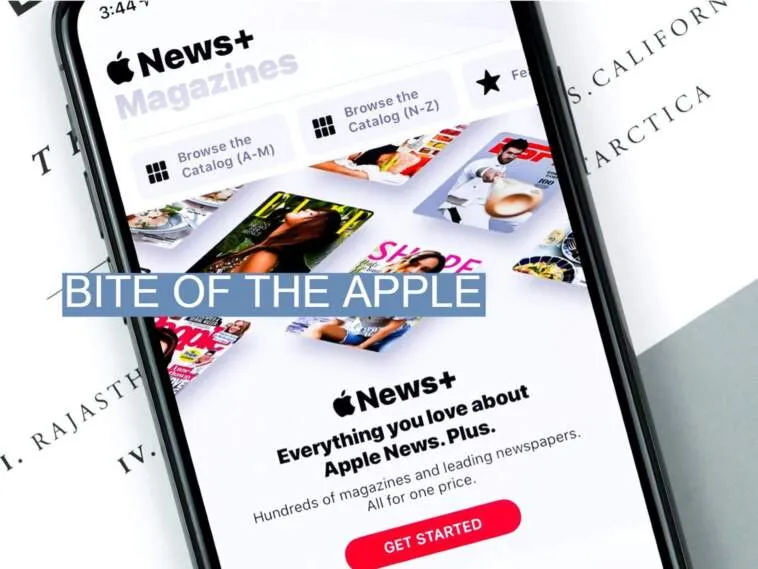(Semafor) Like many digital publishers, The Daily Beast was struggling at the end of 2023. Facebook, long a primary driver of clicks to the publication, had turned away from news. Search traffic had become increasingly erratic, as Google adjusted its algorithm to combat a flood of AI-powered junk. The site’s paid subscription program had atrophied since Donald Trump left office.
But it had a new lifeline: Apple.
Late last year, the digital news tabloid (where I worked from 2018 to 2021 as a media reporter) entered into Apple’s partnership program, called Apple News+. The program made all of the publication’s buzziest exclusives available to paying Apple subscribers, behind Apple’s own paywall. And the impact for a mid-sized news site was immediate, putting the Beast on track to make between $3-4 million in revenue this year from Apple News alone — more than its own standalone subscription program, and without much additional cost.
The Beast is hardly alone in its increased reliance on the iOS news aggregator. The free version of Apple News has been a source of audience attention for news publishers since it launched in 2015. But while many publishers have come to the conclusion that traffic has less business value than they once thought, they’re still desperate for revenue. Executives at companies including Condé Nast, Penske Media, Vox, Hearst, and Time all told Semafor that Apple News+ has come to represent a substantial stream of direct revenue.
A spokesperson for Time said that Apple News has become “one of our most important partners and delivers 7-figures of revenue for TIME annually,” adding that the publication garnered 5 million unique visitors from Apple News last month. The revenue and audience numbers have been similar at major Condé Nast publications, including Wired and Vanity Fair. As significant as the partnership has been for the Daily Beast, it’s been even bigger for its larger corporate sister Dotdash Meredith, which runs the portfolio of magazines purchased by Daily Beast parent company IAC in 2021.
“Apple News has been a growing traffic source for all our properties, particularly DotDash/Meredith,” IAC chair Barry Diller said in an email. “We only have a paywall at DailyBeast, not that there are enough ‘payers.’”
The free version of Apple News is one of the biggest news platforms in the world. It’s the most widely used news application in the United States, the U.K., Canada, and Australia, and boasted over 125 million monthly users in 2020. The News+ subscription launched in 2019 after the company acquired the startup Texture, which had promised a service like a “Netflix of magazines.” That investment represented Apple’s deepening business relationship with news publishers, one that began with a high-profile announcement partnership with the Wall Street Journal (despite the Journal’s parent company’s skepticism of tech platforms).
Apple News+ charges users $12.99 a month for a bundled subscription to articles from premium magazines and newspapers, featuring constantly updating stories syndicated from major American news sites and magazines, including The New Yorker, The Atlantic, the Washington Post, the BBC, the LA Times, and hundreds of others.
Apple News+ began rapidly increasing its partnerships over the past two years, adding dozens of local and regional newspapers, including the Philadelphia Inquirer, the Austin American-Statesman, the Atlanta Journal-Constitution, and the Tennessean, among others. The company licenses articles from behind publishers’ paywalls, and pays them monthly based partially on time audiences spend on each piece. Publishers also can sell advertising on their content in Apple News, as well as distribute product recommendation and reviews, keeping 100% of any affiliate link revenue they generate as a result.






